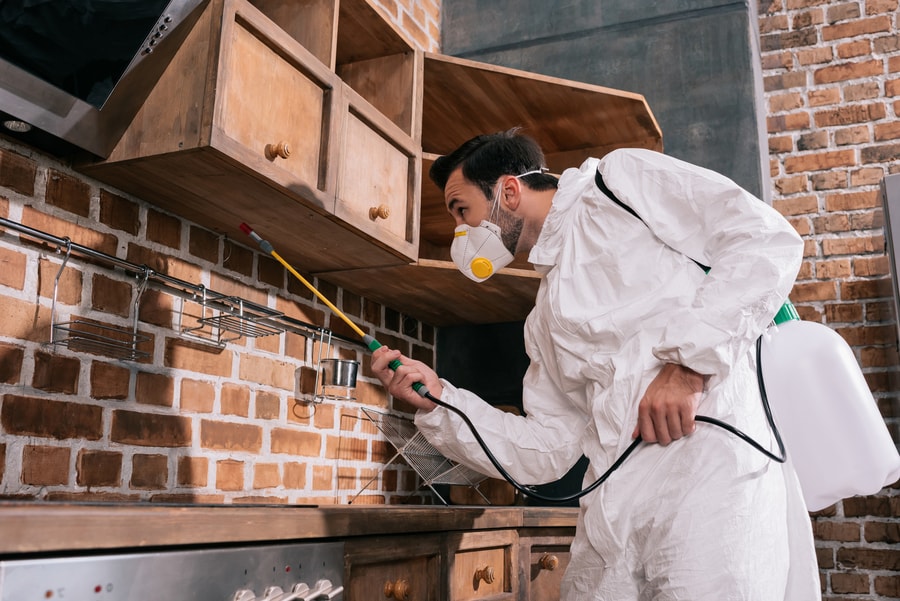How Do Bee Exterminators Ensure That Their Treatments Are Effective?
Bee infestations can be a serious problem for homeowners, and it’s important to take action to deal with them effectively. One of the best ways to deal with a bee infestation is to contact a professional bee exterminator. These professionals have the knowledge, tools, and experience necessary to eliminate bee infestations quickly and efficiently. In this article, we’ll explore how bee exterminators ensure that their treatments are effective.

Inspection and Identification
The first step in any effective bee extermination treatment is inspection and identification. A bee exterminator will carefully inspect the area to determine the type of bees and the extent of the infestation. This information is critical in determining the best course of action to eliminate the bees.
After the inspection, the bee exterminator will identify the location of the bees’ nest or hive. This can be a challenging task, especially if the bees are in a hard-to-reach location. However, a professional bee exterminator has the tools and equipment necessary to locate the nest or hive, even if it’s in a difficult location.
Selection of Treatment Method
Once the nest or hive has been located, the bee exterminator will select the best treatment method. The treatment method will depend on the type of bees, the location of the nest or hive, and the severity of the infestation. Bee exterminators use a variety of treatment methods, including chemical treatments, non-toxic treatments, and physical removal.
Chemical Treatments
Chemical treatments are one of the most effective ways to eliminate bees. The bee exterminator will carefully select a chemical treatment that is safe and effective for the type of bees being treated. They will then apply the chemical treatment directly to the nest or hive, which will kill the bees.
Non-Toxic Treatments
In some cases, bee exterminators may use non-toxic treatments to eliminate bees. These treatments are designed to repel or deter the bees from the area, rather than kill them. Non-toxic treatments are typically used when the infestation is not severe or when the bees are located in a sensitive area where the use of chemicals is not possible.
Physical Removal
Physical removal is another treatment method that bee exterminators use. This method involves physically removing the bees and the nest or hive from the area. This method is typically used when the bees are in a location where chemical treatments or non-toxic treatments are not possible.
Monitoring and Follow-Up
After the treatment has been applied, the bee exterminator will monitor the area to ensure that the bees have been eliminated. This involves checking the area for any signs of activity, such as bees flying in and out of the nest or hive. If activity is still present, the bee exterminator may need to reapply the treatment or use a different method to eliminate the bees.
In addition to monitoring, the bee exterminator will also follow up with the homeowner to ensure that the treatment was effective and to answer any questions or concerns. They may also provide recommendations for preventing future bee infestations.
Conclusion
In conclusion, bee exterminators ensure that their treatments are effective by following a careful process of inspection, identification, and treatment selection. They carefully choose the best treatment method for the type of bees and the location of the nest or hive. After treatment, they monitor the area to ensure that the bees have been eliminated and follow up with the homeowner to ensure that the treatment was effective. If you suspect that you have a bee infestation, it’s important to contact a professional bee exterminator to ensure that the problem is dealt with effectively and safely. By working with a professional bee exterminator, you can quickly and efficiently eliminate bee infestations and prevent future problems.

